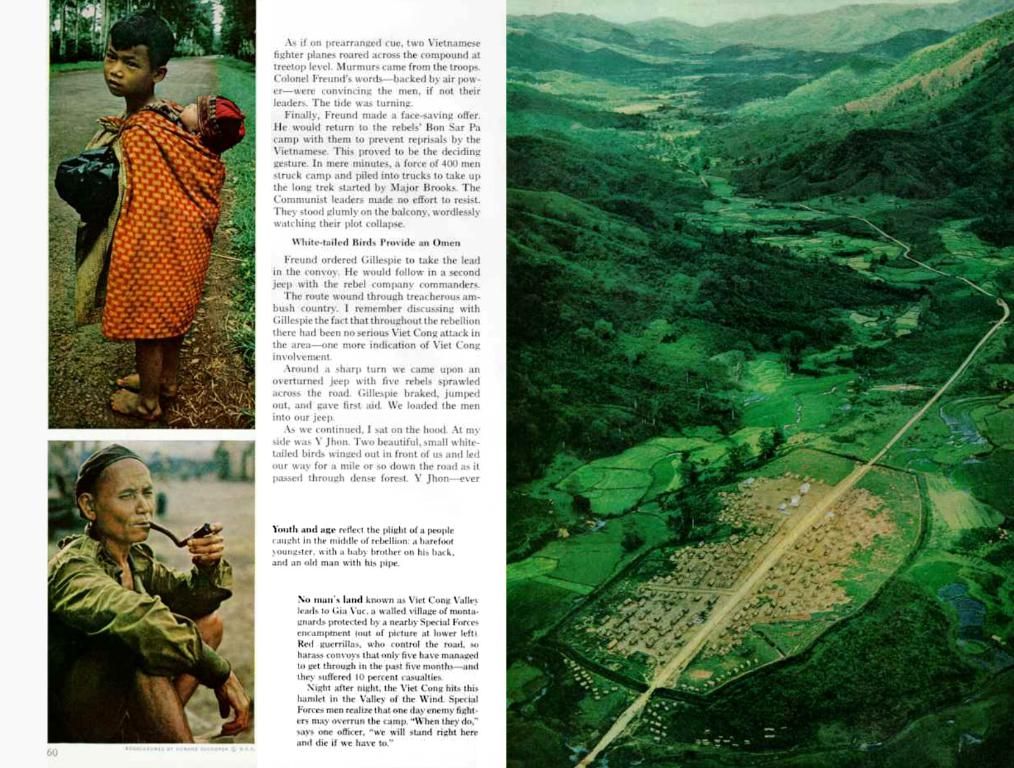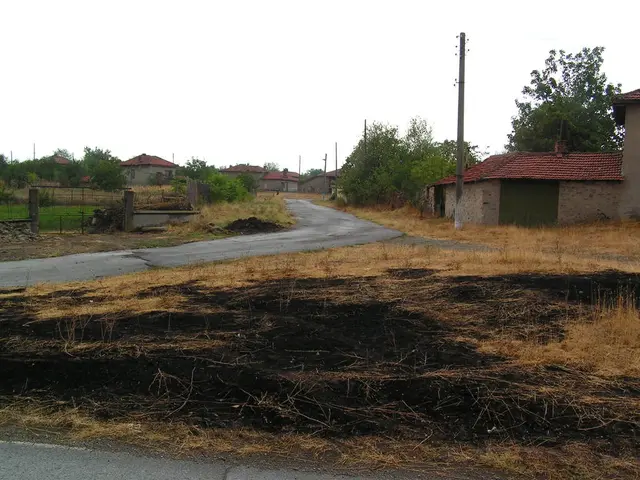Light,nimble, and efficient drones revolutionize supply logistics on Mount Everest
Drones transport cargo up Mount Everest
Drones have become an invaluable tool in the Himalayas, not only for filming, measurements, or glacier observation - but also for waste removal and transportation of goods. Unmanned aircraft are now being used on the 8848-meter-tall Mount Everest, helping make the highest mountain cleaner, ease the work of Sherpa guides, and make climbing safer in thin air, ice, and snow.
"Our drones can carry ladders, tents, ropes, and oxygen bottles," explains Raj Bikram Maharjan, CEO of Airlift Technology, based in the Nepali capital Kathmandu. "A task that would take Sherpas seven hours can now be done in seven minutes. That's much easier."
Two FlyCart 30 cargo drones developed in China are employed between base camp and Camp 1, located above 6000 meters. They support Sherpa teams helping hundreds of climbers from around the world every year ascend Everest during spring or fall.
Safer Deliveries
The benefits of using drones is that the frequency of trips through the legendary Khumbu Icefall is reduced. This dangerous zone with its ice towers and crevasses is one of the most challenging passages on the Nepalese side of Everest, and climbers must cross it during their ascent. The route has been made as safe as possible thanks to local experts finding a route and securing it with ladders and ropes.
Drones were introduced as part of a partnership between the Khumbu Pasang Lhamu municipality and Chinese drone manufacturer DJI, initially for waste disposal. After a successful test phase in spring 2024, they were taken over by Airlift. The municipality continues to support the drone operation alongside the Sagarmatha Environmental Protection Committee, maintaining the passable route through the Khumbu Glacier and removing waste from Everest and nearby Ama Dablam (6812 meters).
Last year, drones brought oxygen bottles to Camp 1 and returned with waste. This year, they were also used to map the Khumbu Icefall and find new routes. “We can now create a 3D map to determine where crevasses are and how deep they are,” adds Maharjan.
Overcoming Dangers for Sherpas
The installation of anchors and the lifting of heavy loads can be risky for experienced Sherpas. Between the first ascent of Mount Everest in 1953 and 2024, 227 people lost their lives on the Southern side of the highest peak in Nepal, according to the Himalayan Database, with about a third of them dying in and around the Khumbu Icefall. Despite the concerns regarding the impact on employment, teams have considered the well-being of Sherpas.
"But the Sherpas are ecstatic about it," says Maharjan. "Due to the natural dangers, many do not wish to work in the Khumbu Icefall. They are glad that the work can be done by drones."
While helicopters have become common for filming, professional mountaineer Jost Kobusch remains cautious about their use. "Personally, I would say that in this specific field of use, it is probably better to use drones," he suggests. Especially the Everest region is burdened with the noise from helicopters. "It's like a busy highway when the helicopters fly up and down in two lanes." In comparison, if a drone ascends high enough, it becomes inaudible.
Traditional Transport Continues
For decades, mountaineers have relied on traditional methods of transport to navigate the difficult terrain of the Himalayas. Lower down, loads were carried by human porters or donkeys. In higher altitudes, up to basecamp, it was mainly yaks - a type of high-altitude cattle - that took over the workload. Despite the rising use of helicopters, this traditional transport system remains present. This can be attributed to specific restrictions and resistence in some communities.
Nevertheless, expedition organizers, including Lukas Furtenbach, view this development positively. "Drones can help save lives," he notes, adding that they reduce the back-and-forth of working forces through the dangerous Khumbu Icefall. Furthermore, Sherpas continue to receive the same compensation despite the increased use of drones.
However, the high cost currently deters smaller operators, according to Maharjan. Nevertheless, the entrepreneur anticipates a drone boom in the future. "Drones hold a promising future on Everest and across the Himalayas," he predicts.
Source: ntv.de, Dirk Godder and Roshan Sedhai, dpa
- Himalayas
- Mount Everest
- Drones
- The use of drones in the Himalayas extends beyond just filming and measurements, as they are now employed for waste removal, transportation of goods, and even high-altitude deliveries, such as oxygen bottles on Mount Everest.
- With the introduction of drones, there is a potential for a shift in lifestyles of those living and working in the Himalayas, as they may reduce the need for manual labor in dangerous areas like the Khumbu Icefall, while also enabling the deployment of gadgets and technology that were previously inaccessible.
- The increasing usage of drones for travel and sports purposes in the Himalayas, particularly on Mount Everest, is shaping up to be a major trend in the near future, according to industry experts like Raj Bikram Maharjan of Airlift Technology. This development is expected to revolutionize the way goods and supplies are transported across other regions of the Himalayas as well.





